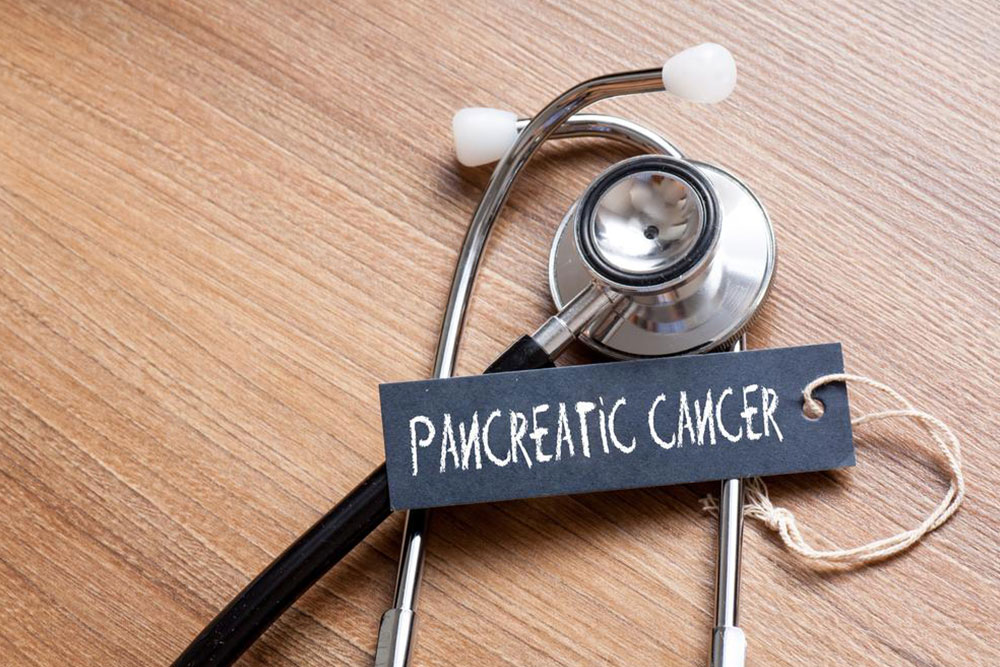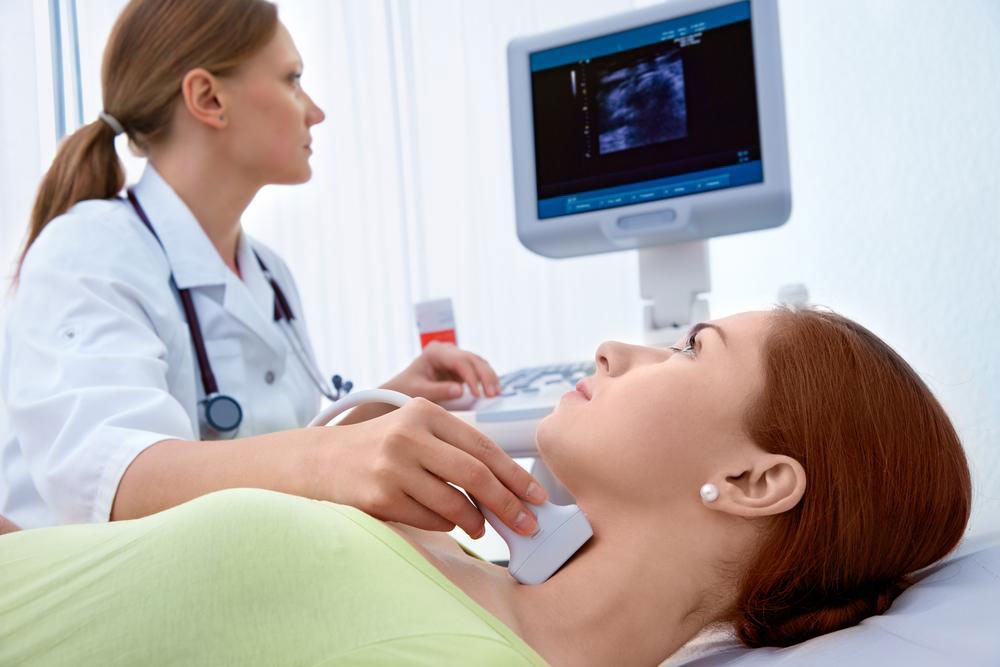Comprehensive Guide to Pancreatic Cancer: Recognizing Symptoms and Exploring Treatment Paths
This comprehensive guide delves into pancreatic cancer, emphasizing the importance of early detection. It explores symptoms, risk factors, diagnostic procedures, and current treatment options, highlighting advances in medical research. Recognizing early signs like jaundice, abdominal pain, and weight loss can significantly improve treatment success. The article underscores the importance of regular check-ups, especially for high-risk groups, and discusses lifestyle modifications to reduce risk. With ongoing research and improved therapies, early diagnosis offers hope for better outcomes. Stay informed and proactive about pancreatic health to enhance your chances of effective treatment.

A Complete Overview of Pancreatic Cancer: Early Signs and Treatment Strategies
Pancreatic cancer is a formidable disease originating in the pancreas, an organ vital for digestion and blood sugar regulation. Due to its deep abdominal location and subtle early symptoms, pancreatic cancer often goes unnoticed until it reaches an advanced stage, complicating treatment efforts. Awareness of the early signs can be life-saving and improve prognosis significantly. This detailed guide aims to shed light on the various symptoms associated with pancreatic cancer, the importance of early detection, and the available treatments to combat this aggressive disease.
Understanding the Pancreas and Its Functions
The pancreas is a vital gland located behind the stomach in the upper abdomen. It plays a dual role in the body: secreting digestive enzymes to aid in breaking down food and producing hormones like insulin that regulate blood glucose levels. Because of its position deep within the body, symptoms of pancreatic problems often don't appear until the disease has advanced.
What Is Pancreatic Cancer?
Pancreatic cancer occurs when malignant cells form within the tissues of the pancreas. It is one of the most lethal forms of cancer, largely because it tends to develop silently without noticeable symptoms early on. The disease can spread rapidly, making early diagnosis crucial for successful treatment outcomes.
How Common Is Pancreatic Cancer?
Though less common than other cancers, pancreatic cancer accounts for a significant number of cancer-related deaths worldwide. According to recent statistics, it is the seventh leading cause of cancer mortality globally. Risk factors include age, smoking, obesity, chronic pancreatitis, and a family history of the disease.
Symptoms and Signs to Watch Out For
The symptoms of pancreatic cancer vary depending on the tumor’s location, size, and stage. Recognizing these signs early can lead to prompt medical attention, which is critical for effective treatment.
Symptoms Linked to Tumors in the Head of the Pancreas
Jaundice (yellowing of the skin and eyes): This occurs when the tumor blocks the bile duct, causing bile to accumulate in the body.
Dark urine and pale stools: Resulting from bile flow obstruction.
Nausea and vomiting: Often related to biliary blockage or the tumor pressing on surrounding organs.
Abdominal pain: Usually in the upper abdomen and may radiate to the back or chest.
Symptoms Associated with Tumors in the Body or Tail
Unexplained weight loss: Significant and rapid weight reduction without dieting or apparent cause.
Back pain: Often dull and persistent, worsening over time.
Loss of appetite: Reduced desire to eat can contribute to weight loss.
New-onset diabetes: A sudden increase in blood sugar levels, sometimes the first sign of pancreatic pathology.
Additional Symptoms and General Manifestations
Gastrointestinal issues: Bloating, indigestion, and changes in bowel habits.
Skin changes: Itching and generalized jaundice in advanced stages.
Blood sugar fluctuations: Due to interference with insulin production.
The symptoms can often be mistaken for less serious health issues, which underscores the importance of medical evaluation for persistent or unusual signs. Early detection provides more options for treatment and improves overall survival rates.
Diagnosis and Screening
Diagnosis involves a combination of imaging tests like ultrasound, CT scans, MRI, and endoscopic procedures such as ERCP. Blood tests measuring tumor markers like CA 19-9 may also aid diagnosis, but they are not definitive alone. For high-risk individuals, regular screening could potentially identify the disease earlier, though routine screening is not universally recommended for the general population.
Current Treatment Options
Treatment strategies depend on the stage of the cancer, the patient’s overall health, and tumor location. The main treatment modalities include:
Surgery: The Whipple procedure (pancreaticoduodenectomy) is common for tumors in the head of the pancreas, aiming to remove cancerous tissue. Surgery is most effective when the disease is caught early.
Chemotherapy: Uses drugs to kill cancer cells or halt their growth. It can be used before surgery (neoadjuvant), after surgery (adjuvant), or as palliative care in advanced cases.
Radiation therapy: Employs high-energy rays to destroy cancer cells, often combined with chemotherapy for more effective treatment.
Targeted therapy and immunotherapy: Emerging options focusing on specific molecules involved in tumor growth and boosting the body’s immune response.
Research is ongoing to develop improved therapies, including personalized medicine approaches tailored to genetic profiles.
Importance of Early Detection
Early detection significantly enhances the likelihood of successful treatment and improves survival outcomes. Because symptoms are typically nonspecific, routine health check-ups, especially for high-risk groups, are essential. Awareness campaigns and timely screenings aim to identify pancreatic cancer at an earlier stage, where intervention can be most effective.
Living with Pancreatic Cancer
Diagnosis of pancreatic cancer is life-changing, requiring adjustments to treatment and lifestyle. Multidisciplinary teams comprising oncologists, surgeons, nutritionists, and mental health professionals provide comprehensive care to improve quality of life for patients. Support groups and counseling are vital components of holistic treatment.
Prevention and Risk Reduction
While not all cases are preventable, certain lifestyle modifications can reduce risk:
Avoiding tobacco use
Maintaining a healthy weight
Eating a balanced diet rich in fruits, vegetables, and whole grains
Managing chronic pancreatitis and diabetes effectively
Regular health screenings and prompt attention to symptoms are essential for early diagnosis and better outcomes.
In conclusion, pancreatic cancer remains one of the most challenging cancers due to its hidden nature and aggressive progression. Increased awareness, early detection, and advances in treatment are key to improving survival rates and quality of life for affected individuals. If you notice symptoms such as unexplained weight loss, persistent abdominal pain, jaundice, or new-onset diabetes, consult a healthcare professional promptly for evaluation and possible early intervention.





